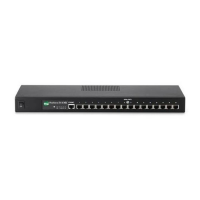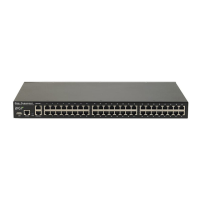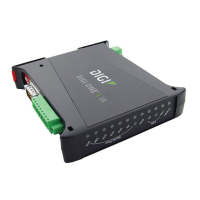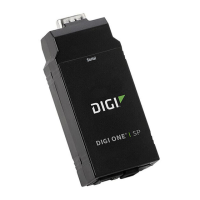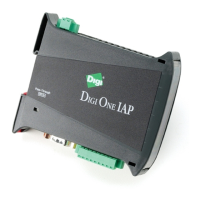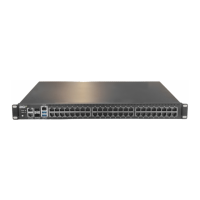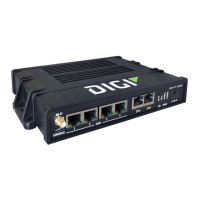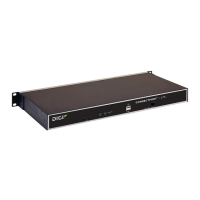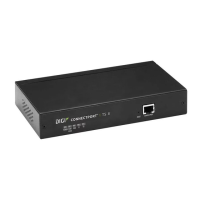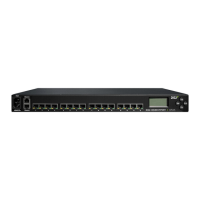90030500B Configuring Modem Connections Page 137
Telnet and Modems
This section contains an example of how you can telnet from a terminal that is
connected to Port 2 to a modem that is connected to Port 4 on the same PortServer II.
You will telnet from the terminal on Port 2 to the modem on Port 4, use “AT” type
modem commands to set a fixed DTE interface and baud rate, then call an information
service.
The telnet command is:
telnet hostname|hostip [tcp port#]
hostname
is PortServer II’s
nodename
that you configured when you set up
PortServer II’s basic configuration (see
Chapter 4, Basic Configuration
). The
tcp
port#
parameter is used to access a specific device connected to the PortServer II.
Note:
By convention, Digi adds
2000
to the PortServer II’s port number to create its
TCP port number for telnet. To access a device on port 4, use the port number
2004.
1. Log into the terminal on Port 2, then connect to the modem installed on Port 4 by
entering the telnet command:
telnet termserver 2004
(
termserver
is the PortServer II’s node name in this example)
You are now connected directly to the modem, and can enter commands to the
modem (including “AT” commands to Hayes or Hayes-compatible modems).
2. Set the modem for RTS/CTS hardware handshaking on the PortServer II to
modem connection, by entering:
AT&K3
You can enter other “AT” commands to configure the modem in the same way.
Note:
You are connected directly to the modem, so there is no command
prompt.
3. Set the modem baud rate.
The exact command depends upon the brand and model
of modem; refer to your modem documentation for information.
4. Connect to the on-line information service by instructing the modem to dial its
telephone number:
ATDT 123-4567
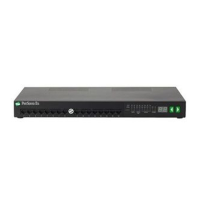
